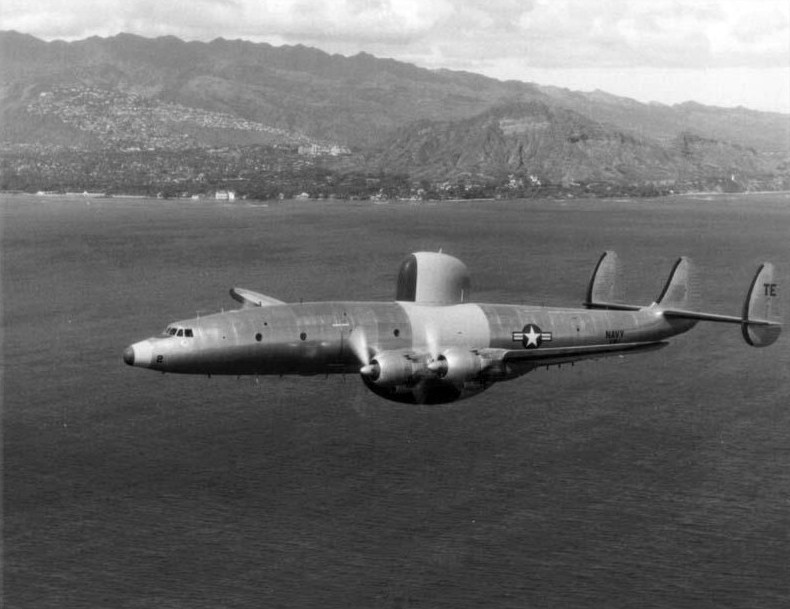So .... ?
This clearly implies that carbon composite technology is NOT the bottleneck, which prevents successful reverse engineering of A-320.
I think there is a MUCH MUCH stronger business case to reverse engineer A-320 than to reverse engineer Su-27. The existing duopolies could be charging margins of over 100% on the actual manufacturing cost of A-320 like planes.
Back to the question ---> What's the big deal about reverse engineering A-320 ? It actually could be less technically complex than the cutting edge fighter aircraft like Su-27
I agree .. Airbus is not going to allow "license manufacture" of a complete A-320, unlike Russia which allowed "license manufacture" of Su-27.
Is this the real reason related to this ?
How much does "license manufacture" help in aircraft reverse-engineering?
As an example, India "license manufactures" almost every aircraft the IAF flies. But there has been no reverse engineering thing ever heard in India.
At the same time, Mig-21 were never "license manufactured" in China ..... but China reverse-engineered them. Is it the explicit technical assistance offered till 1959 which was critical to successful reverse-engineering of Mig-21 ?
A side question is what exactly do China or India gain by right to "license manufature", in terms of technology gain (ignoring that "license manufature" domestically, reduces costs)
In other words, do you guys think, India which "license manufactured" most of it's Mig-21 could have reverse engineered the Mig-21 ? If not, then what's the fun in "license manufacturing" if you don't get any technical boost out of it (apart, from saving costs, though)
And coming back to the original QUESTION->
Is it possible for China to reverse-engineer A-320, IF
(i) Hypothetically, Airbus were to allow "license manufacture" of A-320 in China
(ii) Without any "license manufacture", but access to finished A-320 which many airlines in China are flying.
If NOT, then WHY NOT ?
Eh.. a lot of questions asked in single post ... isn't it






